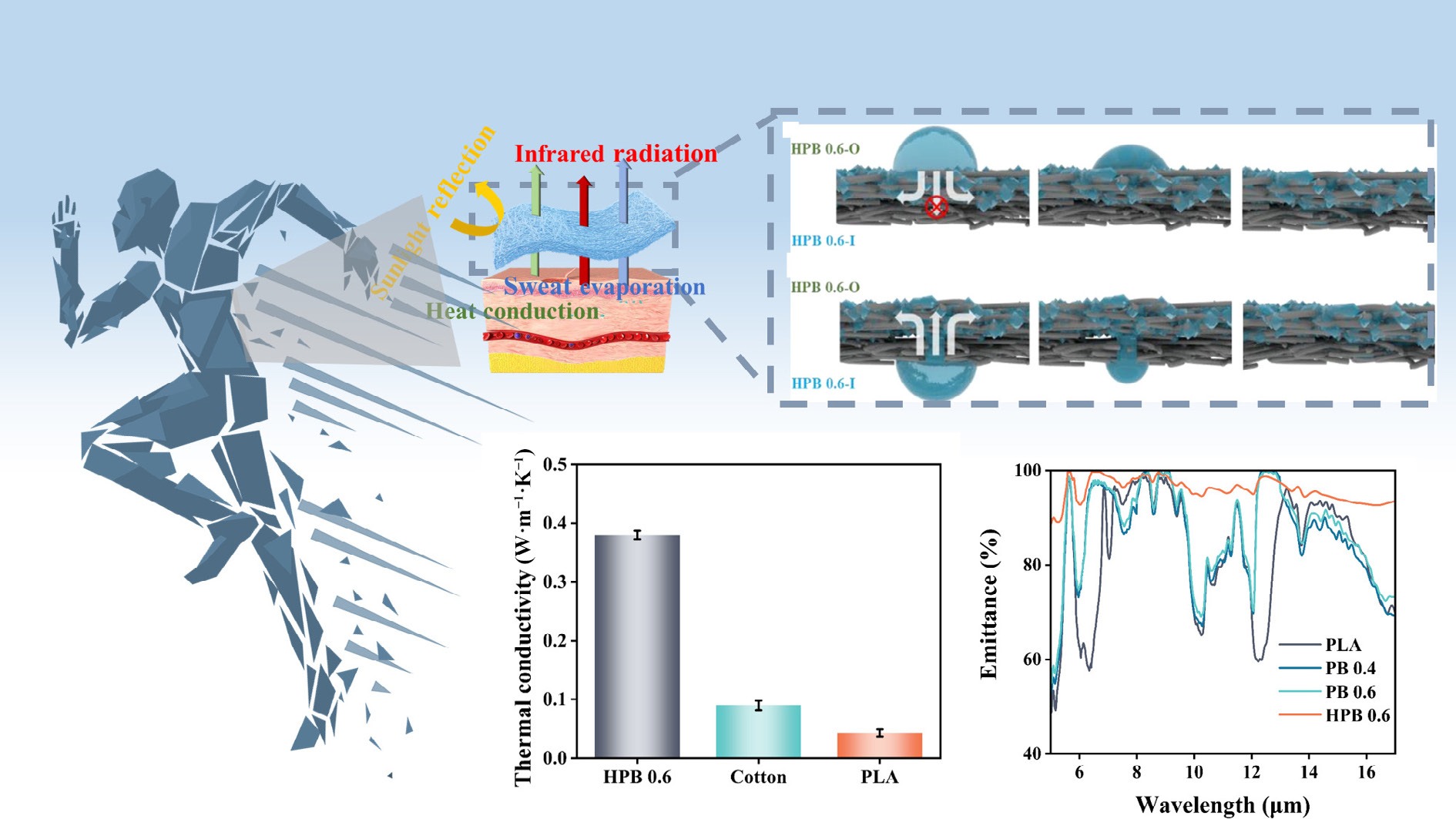20 November 2025
 As global temperatures rise and heatwaves intensify, a new textile innovation co-developed by University of South Australia scientists promises to keep people cooler, drier, and more comfortable in extreme heat.
As global temperatures rise and heatwaves intensify, a new textile innovation co-developed by University of South Australia scientists promises to keep people cooler, drier, and more comfortable in extreme heat.
Partnering with researchers from Zhengzhou University in China, UniSA materials scientist Professor Jun Ma has helped to create a lightweight breathable fabric that reflects 96% of the sun’s rays in outdoor conditions.
The moisture-wicking composite fabric is described in the journal Nano Research.
In outdoor field tests, the new textile lowered skin temperature by 2 degrees celsius under direct sunlight and by 3.8 degrees celsius at night compared with bare skin.
Unlike traditional cotton fabrics, which tend to trap heat and sweat, the polylactic acid/boron nitride nanosheet (PLA/BNNS) material actively releases warmth while keeping the skin dry.
Professor Ma, from UniSA’s Future Industries Institute, says the project addresses a critical challenge in personal comfort as the world adapts to rising heat stress.
“We’re seeing more frequent and intense heatwaves globally, and that has serious implications for outdoor workers, athletes and people living without access to air conditioning,” Prof Ma says.
“Our goal was to design a smart, sustainable fabric that passively regulates body temperature – not by using energy, but by harnessing natural physical processes.”

Using a scalable electrospinning technique, the researchers embedded boron nitride nanosheets – highly thermally conductive, lightweight particles – within a biodegradable polylactic acid fibre matrix. The result is a white, nanostructured fabric with exceptional solar reflectance and five times more breathability than cotton.
“The combination of high solar reflectance, heat radiation and moisture control means that the wearer feels noticeably cooler and drier,” Prof Ma says.
“It’s particularly beneficial for people who work outdoors in construction, mining, agriculture or emergency services, where heat exposure is both a comfort and safety issue.”
The study’s lead author, Associate Professor Yamin Pan from Zhengzhou University, says the collaboration with UniSA was instrumental in testing and refining the material’s thermal performance.
“UniSA’s advanced materials expertise helped us evaluate the heat transfer and radiative cooling properties of the fabric,” says Assoc Prof Pan. “The partnership shows how international collaboration can accelerate the development of smart, sustainable materials.”
Made primarily from biodegradable PLA, the fabric also aligns with the global shift towards environmentally responsible materials.
The researchers believe the technology could be easily adapted for sportswear, uniforms, outdoor workers, and even military and emergency clothing designed for extreme heat.
Prof Ma says the team is now exploring potential commercial applications and large-scale manufacturing opportunities.
“The electrospinning process is straightforward and cost effective, which means the fabric could be produced at industrial scale,” he says. “With further development, it has the potential to transform the next generation of cooling clothing.”
The paper, ‘Moisture-wicking fabric for radiation cooling’ is published in Nano Research. DOI: 10.26599/NR.2025.94907537
…………………………………………………………………………………………………………………………
Media contact: Candy Gibson M: +61 434 605 142 E: candy.gibson@unisa.edu.au
Researcher contacts: Professor Jun Ma E: jun.ma@unisa.edu.au;
Yangzhe Hou E: yangzhe.hou@mymail.unisa.edu.au



